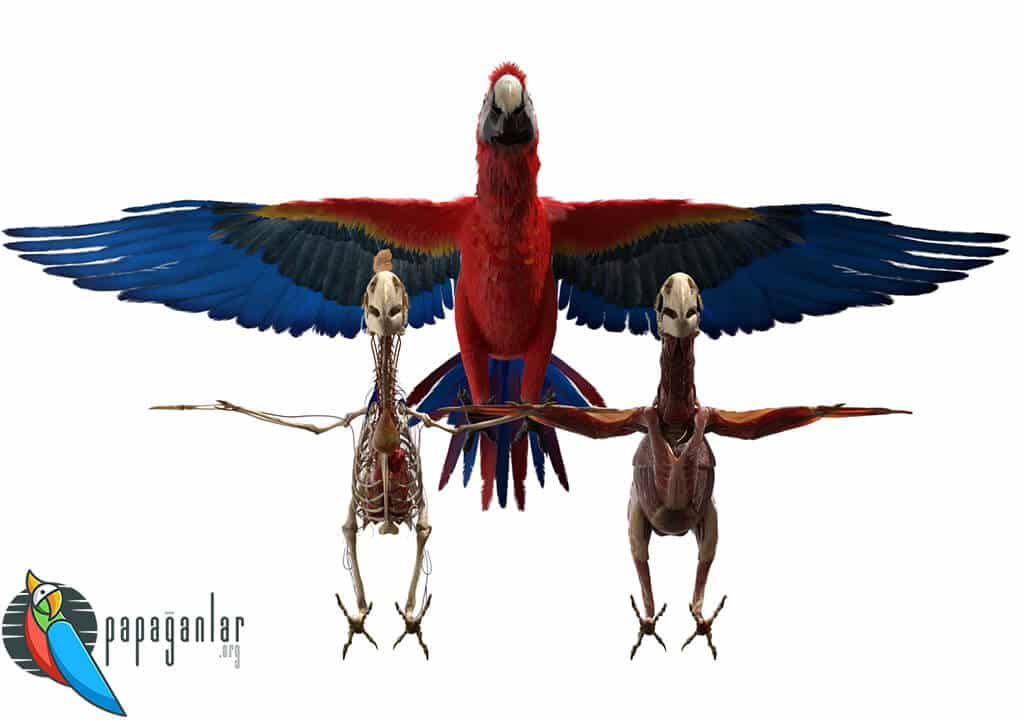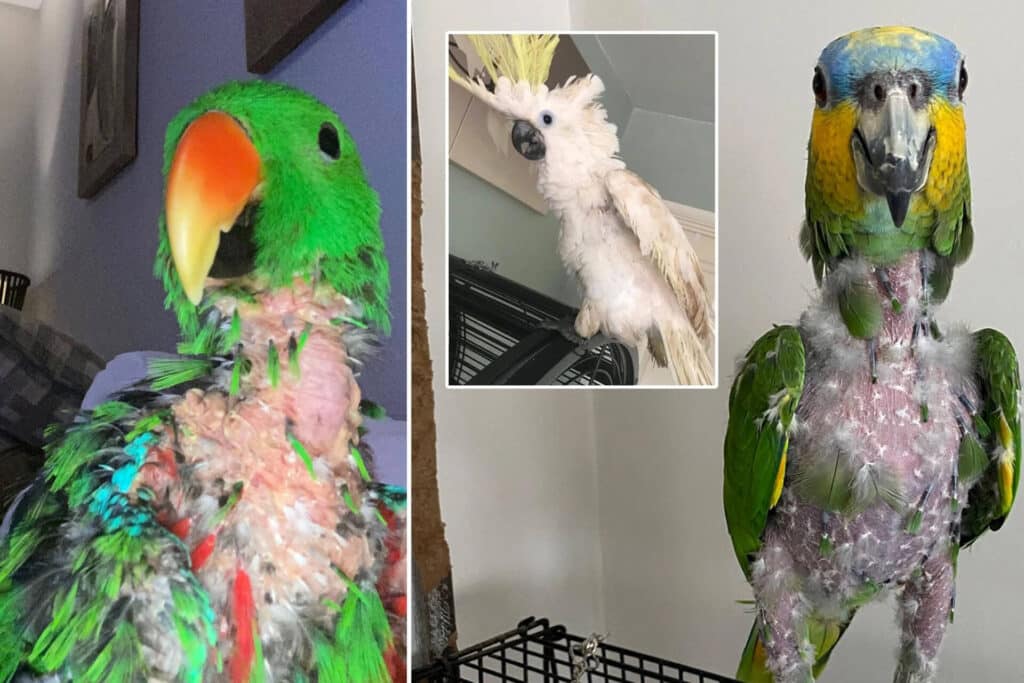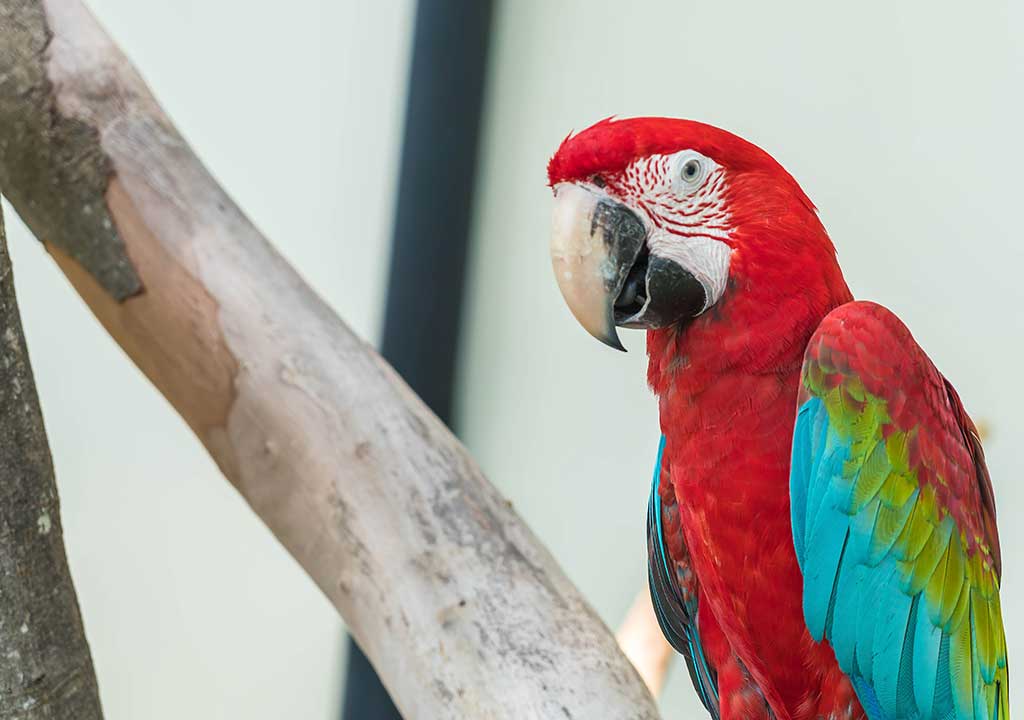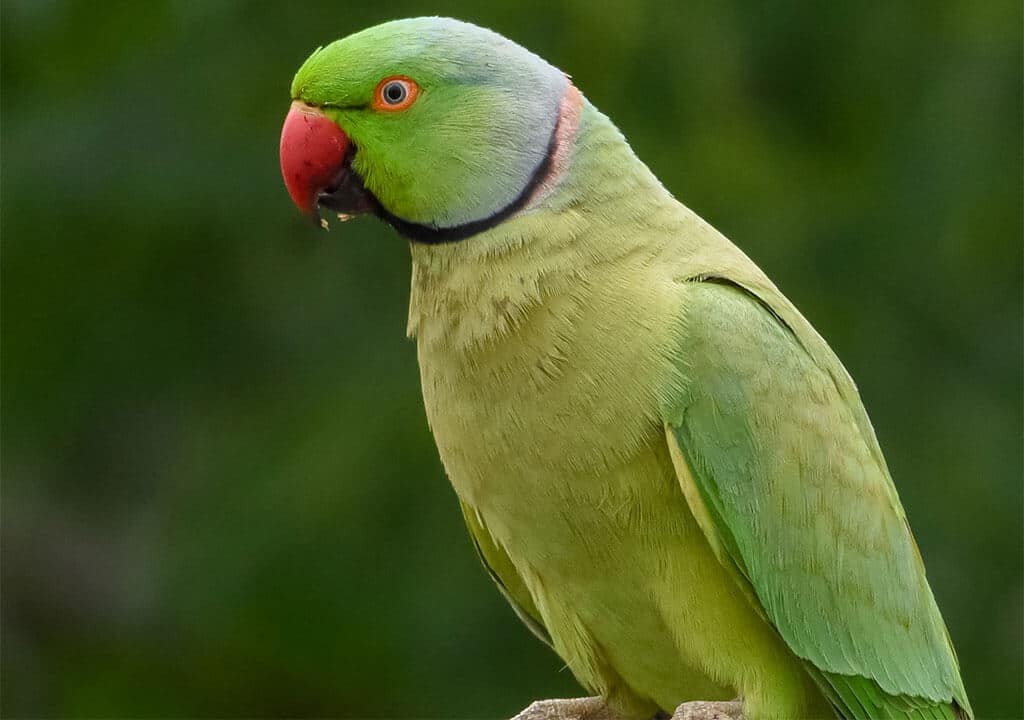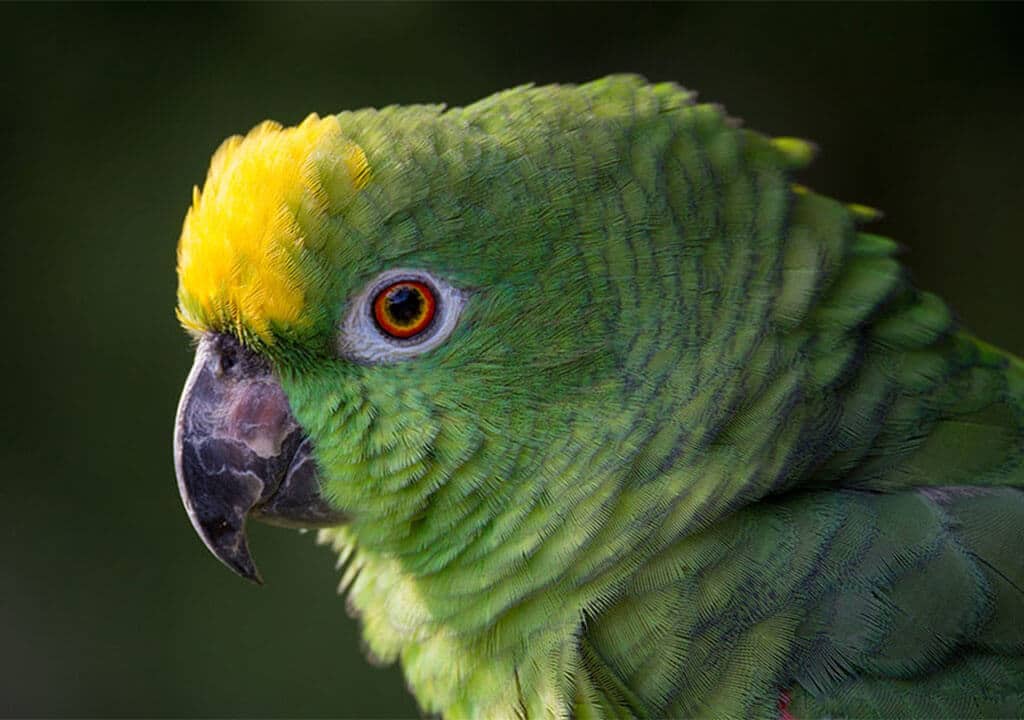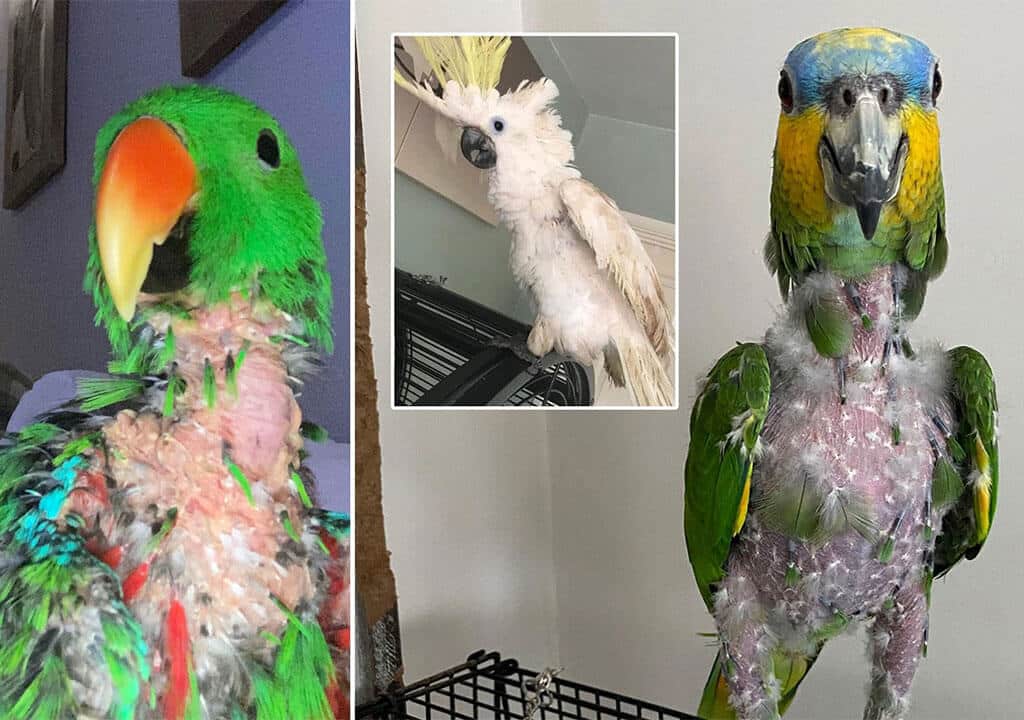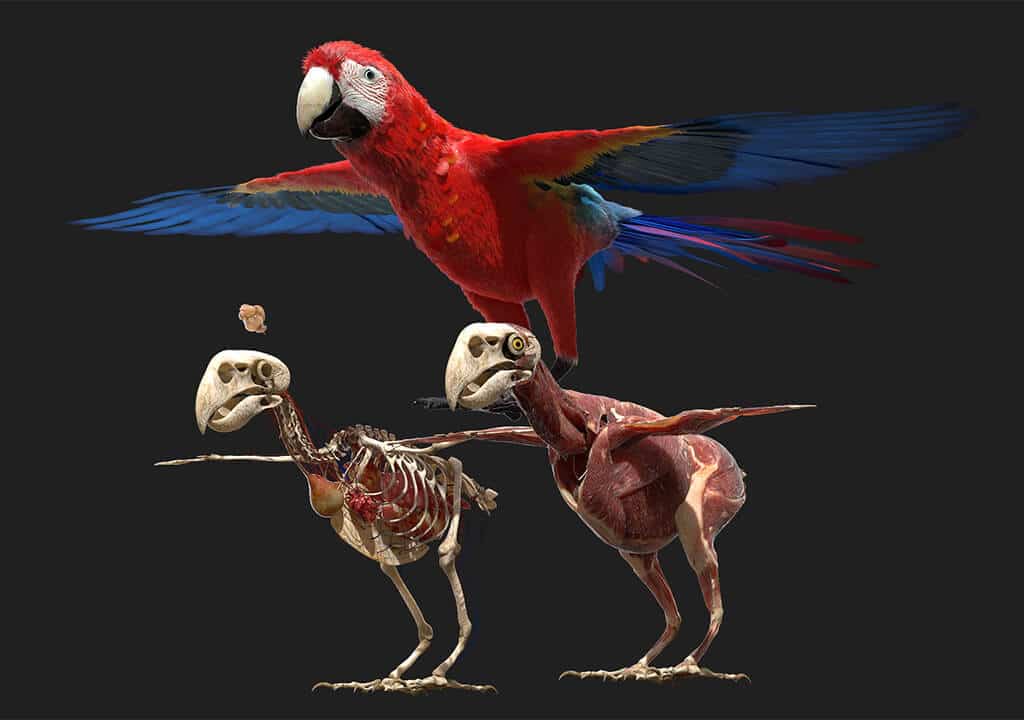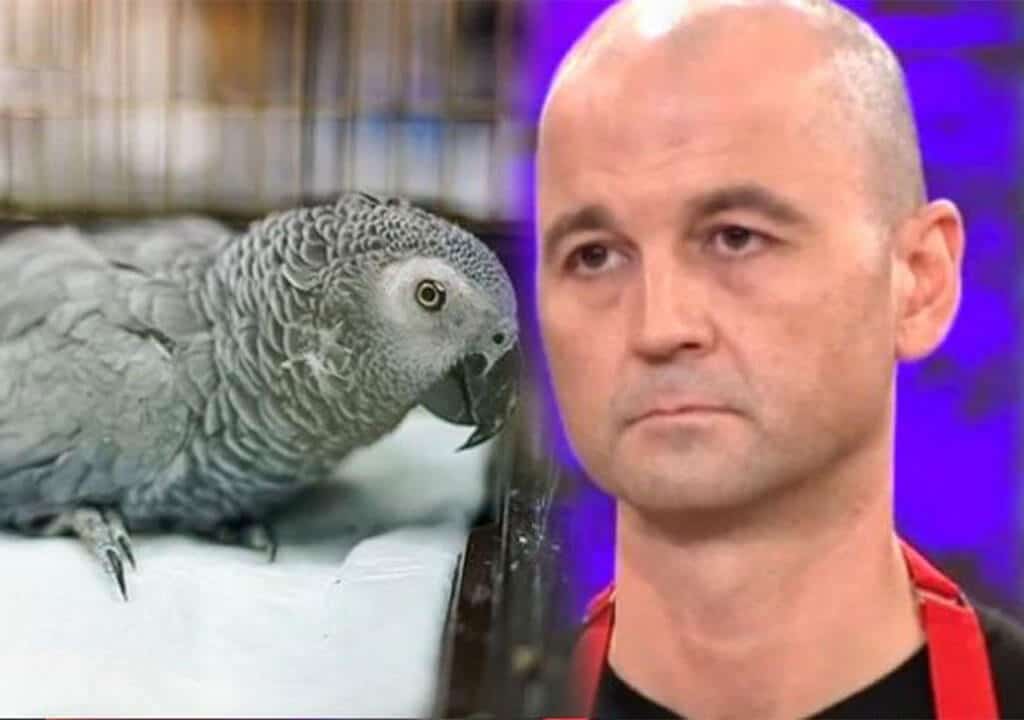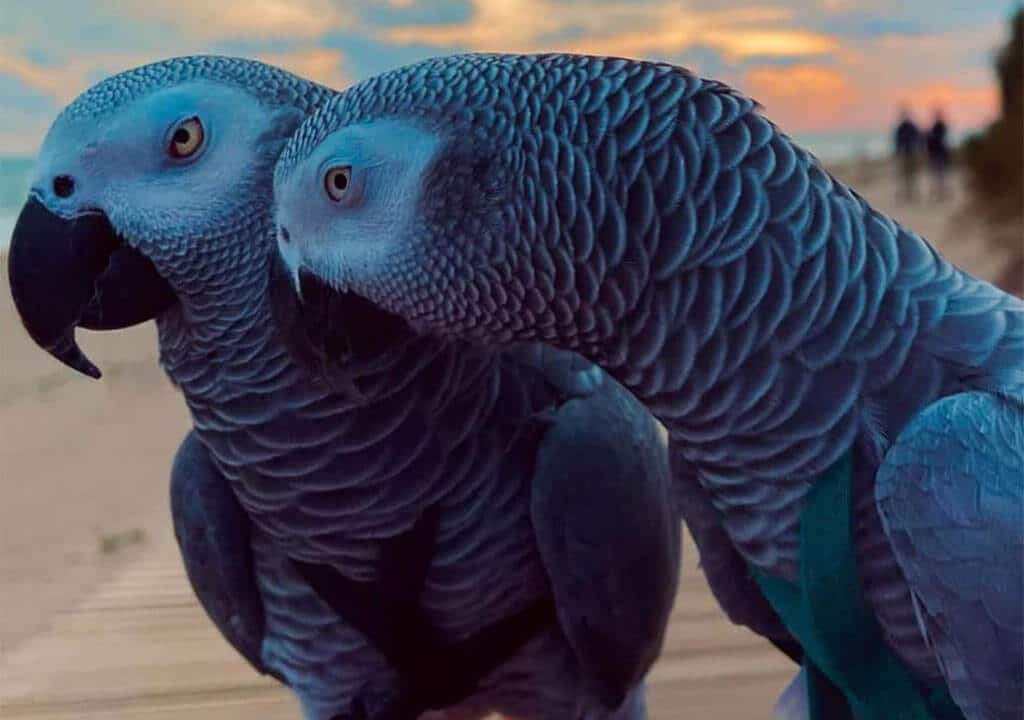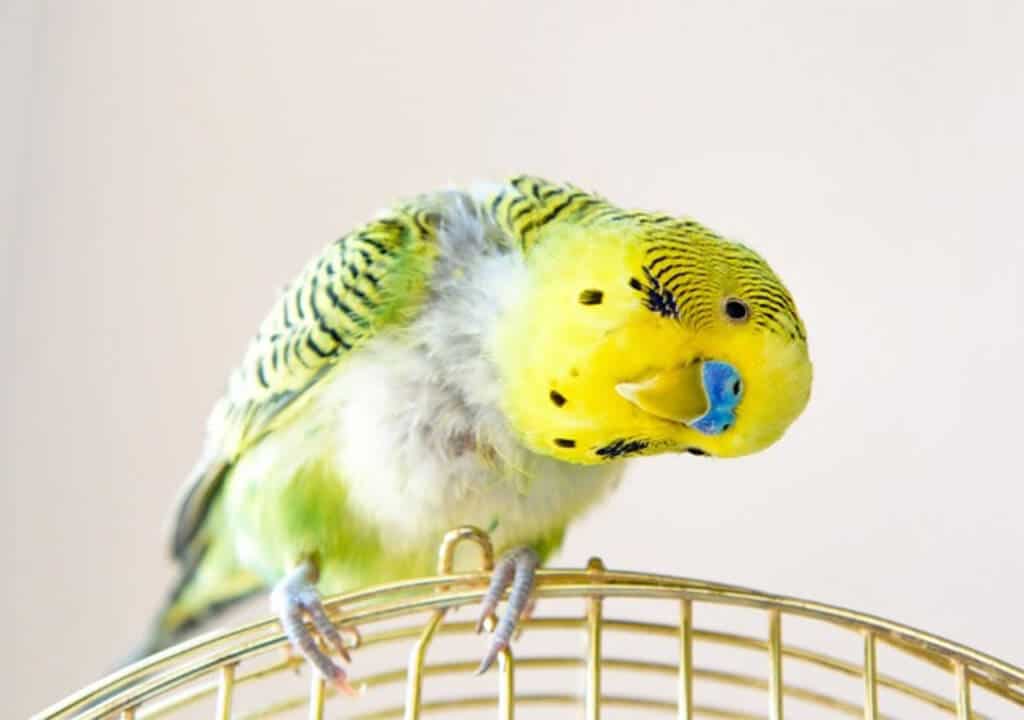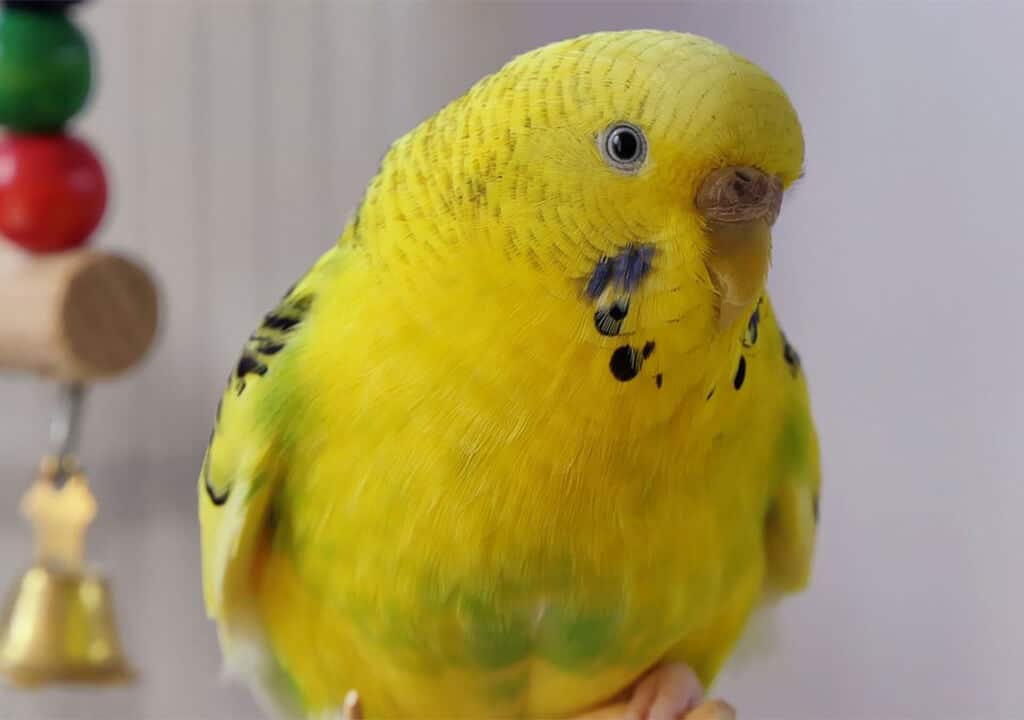Developmental abnormalities, soft tissue injuries and fractures are the most common problems.
Limping, Leg Deformity and Fractures
Limping is observed in conditions involving the nervous system or the musculoskeletal system. If there is inactivity and unresponsiveness to painful stimuli, a problem involving the nervous system comes to mind. In diseases of the musculoskeletal system, there are swelling in the joints and lesions on the skin. It occurs most frequently in parrots as a result of lead and zinc poisoning, gout, diseases involving the nervous system and trauma. Calcium deficiency is observed in birds that feed only on seeds. If there is a calcium deficiency in those who are fed with foods that are deficient in vitamin D, the bones become extremely fragile. Another cause of fractures is trauma. In fractures in the chest cage, air escapes under the skin and between the lung and membrane. There may also be bleeding in this area. There is sudden onset of shortness of breath and sudden deterioration in general condition. Urgent intervention is required.
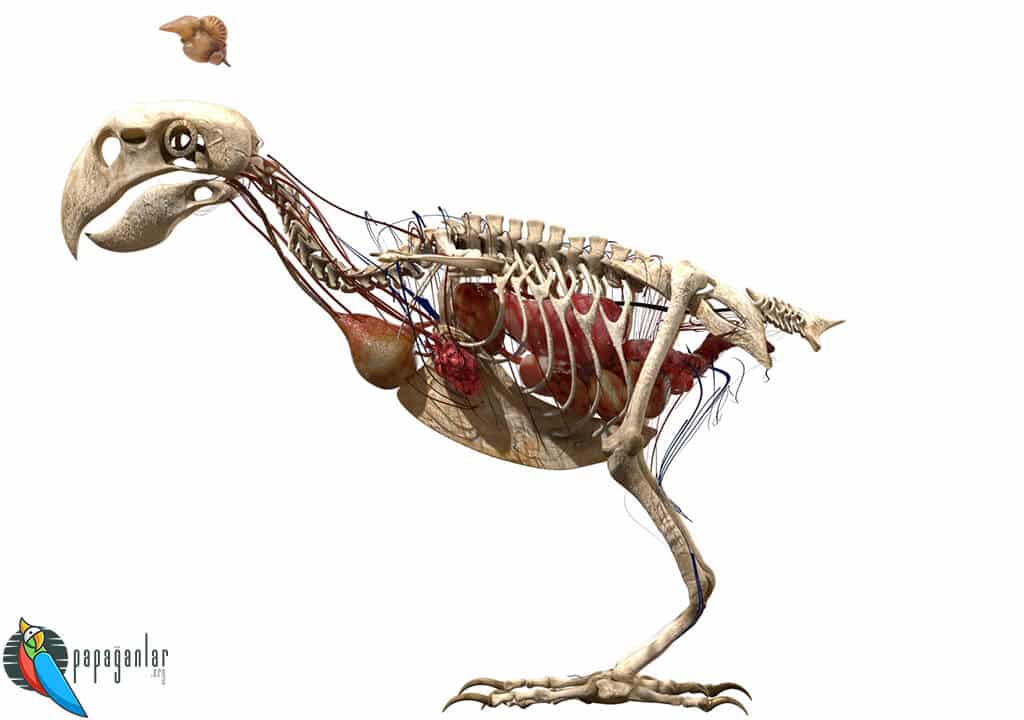
It is necessary to take direct sunlight in order for the vitamin D to be converted into the D3 form, which is the active form of vitamin D in the body. For this reason, vitamin D deficiency is observed in birds that do not see enough sun.
Fractures and soft tissue injuries are detected by X-ray. If there is a fracture, it is necessary to immobilize that bone with an appropriate splint. The success of splinting depends on the size of the bird, the location of the fracture and the degree of fracture. The splint should be supported from the outside to prevent slipping. The fluid taken from the swollen joint is examined and the appropriate treatment is started. The diet is rearranged. Missing items are replaced.
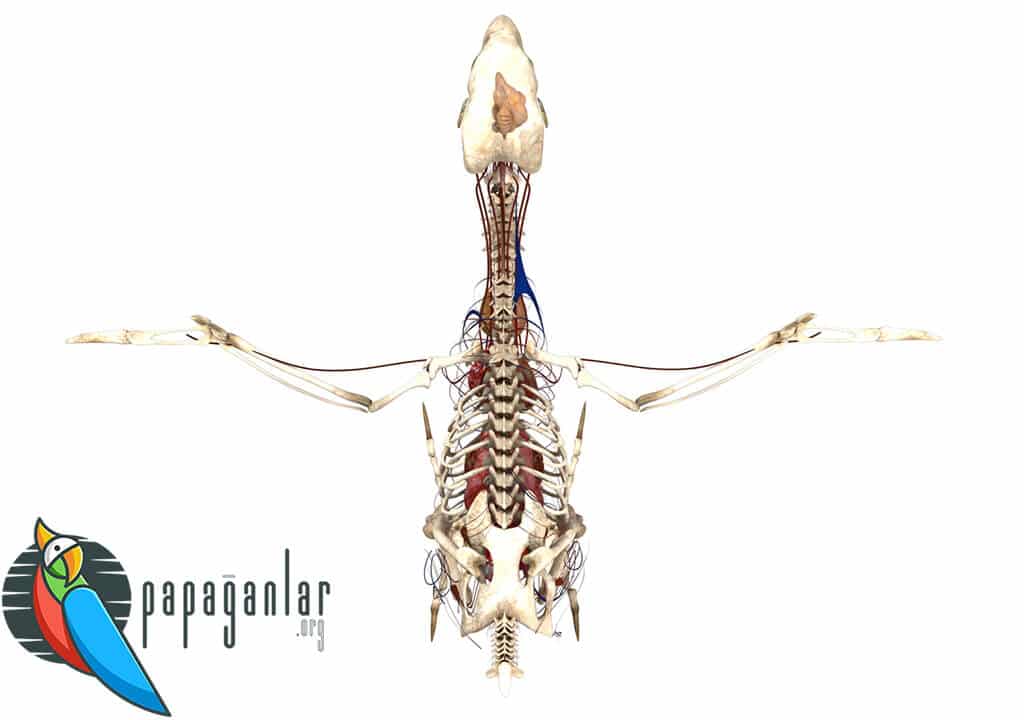
What is Splinting?
A splint is defined as “a rigid or flexible device that holds a displaced or moving part in place; also used to hold and protect an injured part” or “a rigid or flexible material used to retain, immobilize, or restrict movement.
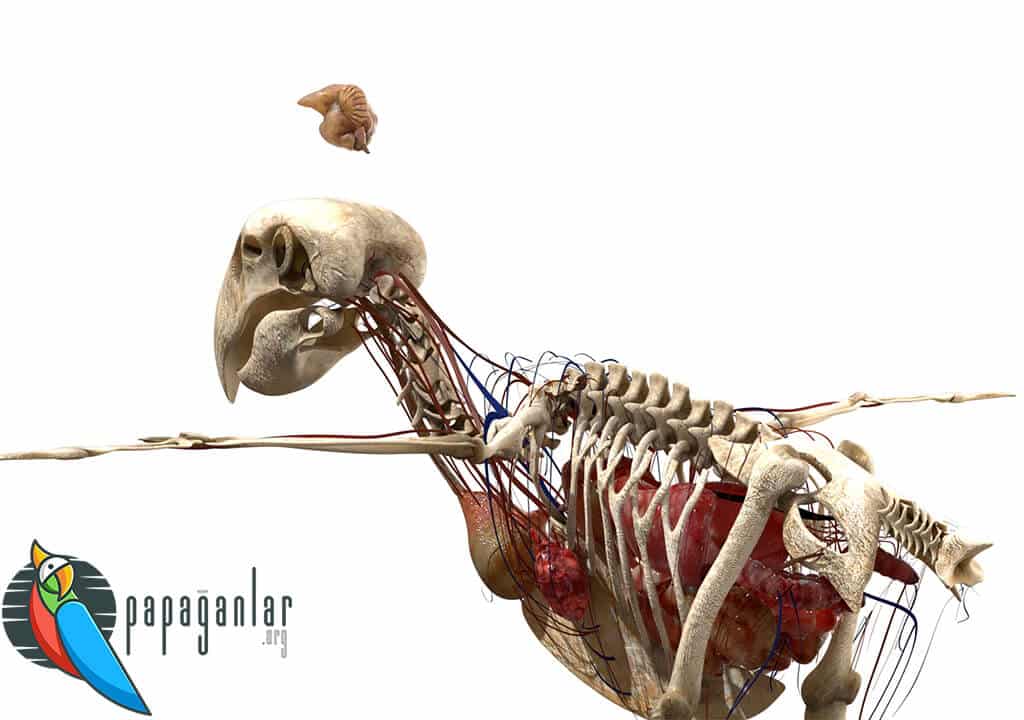
Wing Drop in Parrots
Wing drop occurs as a result of excessive elongation of more than one wing joint. It also occurs in fractures caused by Aspergillus infection, calcium deficiency, vitamin D deficiency, lead and zinc poisoning, and trauma. Diseases involving the nervous system or the musculoskeletal system can also cause wing drop. The affected wing is lower than the other. There is swelling, pain, redness and an increase in temperature due to the reaction. The cause is treated.

Joint Swelling in Parrots
Bacterial infections, Aspergillus infection, gout, zinc, manganese, vitamin B1 and B9 deficiencies and trauma are the most common causes. Laboratory tests are helpful in diagnosis. The cause is treated.




